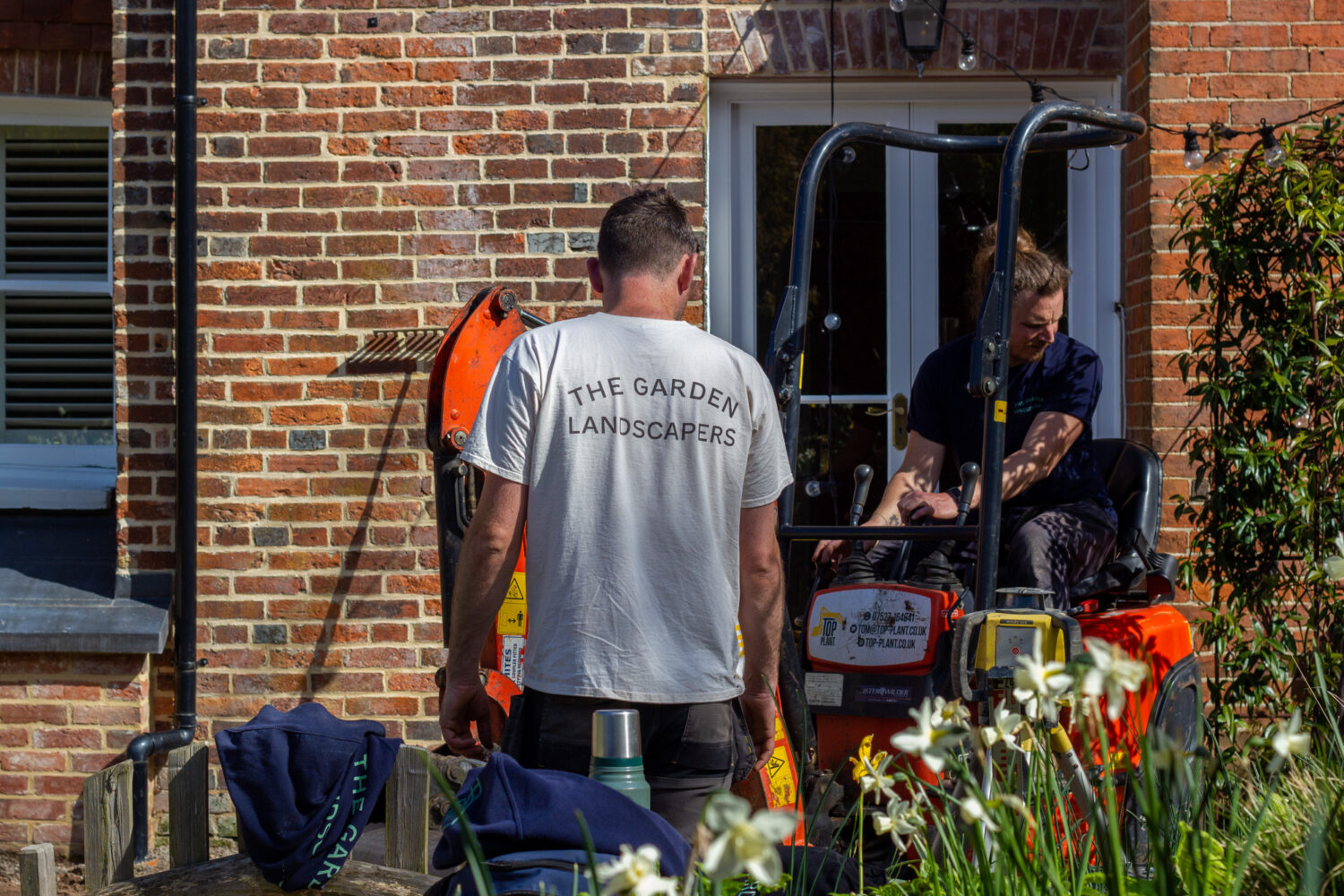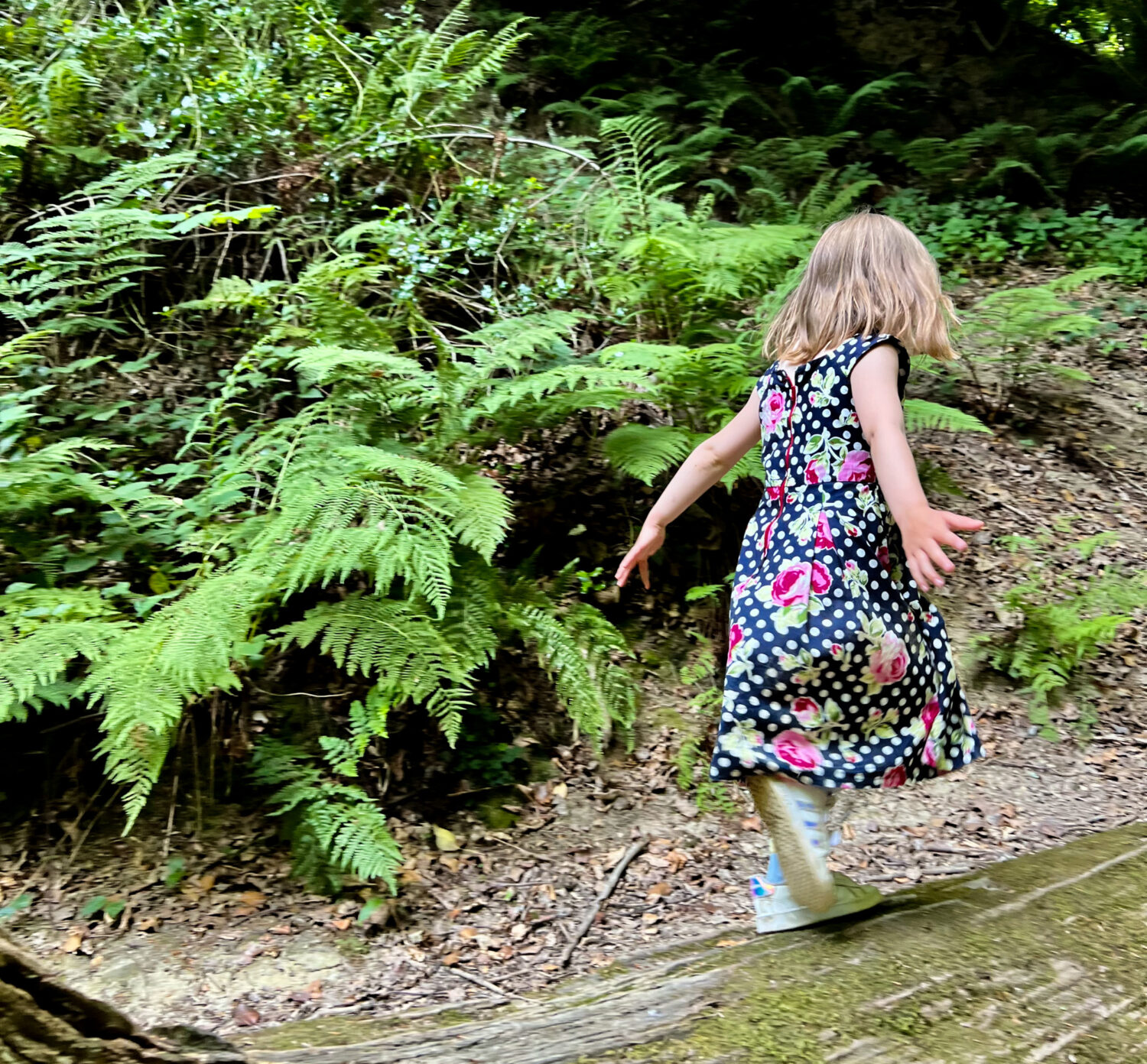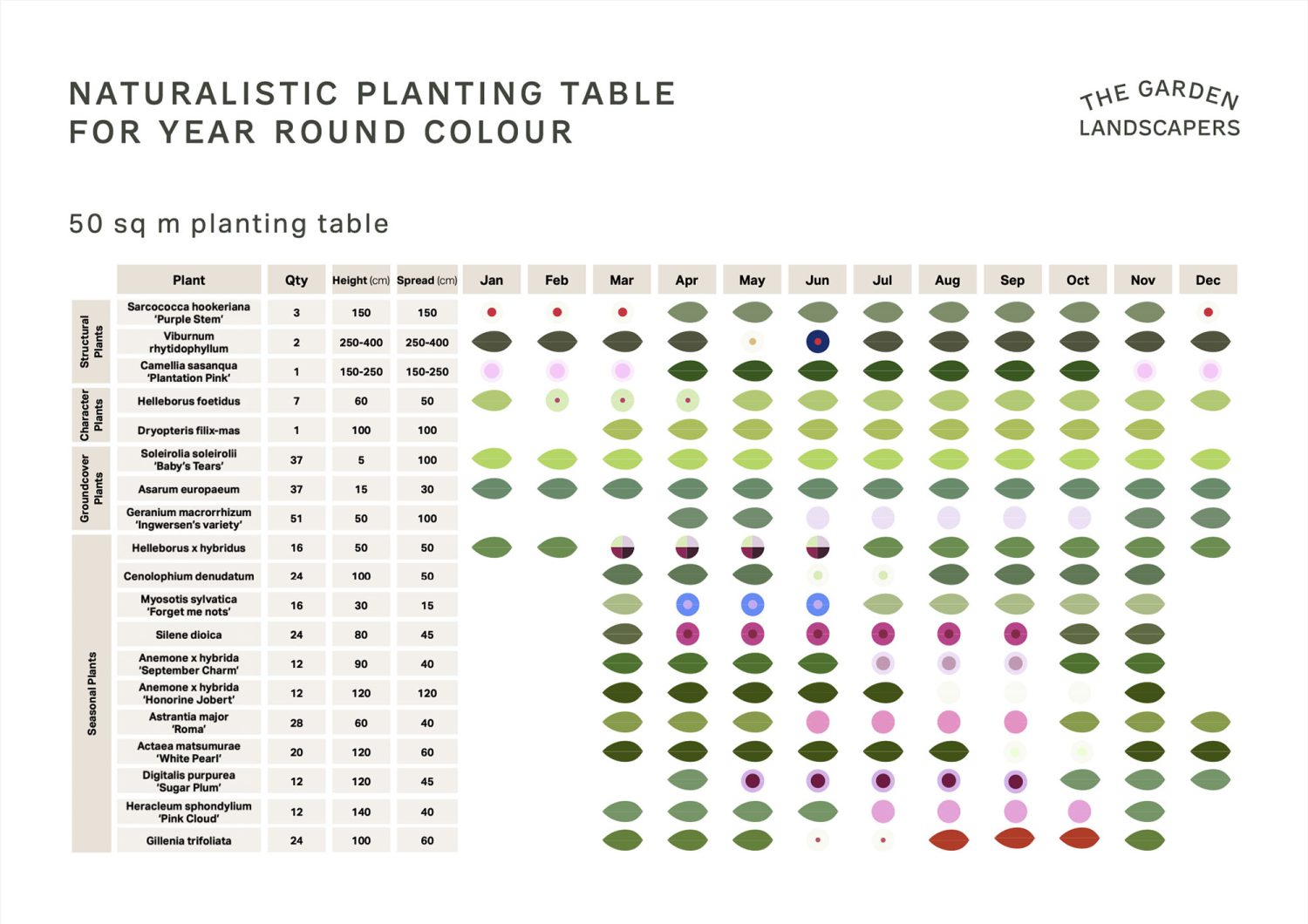How to Plan a Landscaped Garden

Dream a Dream. There will likely to be practical constraints to any project, but this shouldn’t put you off filling your thoughts with inspiration. What features do you want? Which gardens live in your memory? Plants? Ponds? Paths? This is all important and – like going to the hairdresser with a picture of the cut you want – having some kind of a vision will help any conversations you have with professionals. You could consider creating a mood board, scrapbook or even sketching out some ideas. But, of course, if this is not your kind of thing, there are plenty of designers and landscapers who can help.

Think Ahead! Spring and summer is the busiest time for the industry, therefore popular designers and landscapers can get booked up weeks or even months in advance. Think about when you want your project to begin, and also when it’s practical for the work to take place. The best projects will be months in the planning, allowing the creative process lots of time to adapt and breathe, as well as allowing for a schedule that suits you and your garden’s needs.

Planting Windows. If your project involves lots of planting, you’ll want to think about how to plan ahead of a planting window. The best time to plant is in autumn and spring, as these are natural times for dormancy and growth in plants, so planting during these windows will give your new plants the best chance to thrive. With this in mind, it’s worth factoring in when you would like any groundwork (i.e. flower bed creation, path laying, topsoil removal etc) to begin. See the table below for a guide to scheduling.

Anticipate Mud. With nearly all landscaping work your garden is likely to look worse before it looks better. There are advantages and disadvantages to scheduling work in both the summer and the winter, so it’s worth thinking about your needs. Work during the winter can be difficult and experience delays, due to poor weather, however there’s the upside that your garden will be ready for when you want to use it (i.e. spring and summer).

Consider the Space. Before you contact landscaping firms it can be helpful to think about how you plan to use the space. Plants and decorative features are, of course, at the forefront of everyone’s mind when it comes to gardens, but in the planning stage you’ll also need to consider how you imagine the garden being used. What’s access like? Will pets or children be using the space? Will you want to entertain people in certain areas? How close is the kitchen to a raised bed? Considering these kinds of things will help you and the landscapers or designers to build something that functions as well as looking good.

Contact a Landscaper. Getting in contact with a landscaper in your planning stage can help you tremendously in the planning process. A good landscaper will help in many ways at this stage. They will be able to survey the site to bring to your attention the practical requirements of a project. Access to a site is very important, and will often be one of the biggest factors when costing a project. As well as talking you through how any ideas you may have can function (i.e. drainage, soil type, topography etc), a landscaper will be able to give you a rough idea of cost at this stage, which will be helpful for you when budgeting for the works.

Design or no design? If you’ve got ambitions to transform your garden, or you’re unsure of what you want, it’s very likely that you’ll require a garden designer to help realise these plans. If you’ve already contacted a landscaper and got a rough idea of costs, you’ll have a budget ready to take into the design process. Most landscaping firms will also have trusted garden designers they work with. If your job is small, or relatively simple, it may be that you don’t need a designer to help achieve this. Some landscapers, such as us, will be able to handle small design issues in house.

And finally… once you’ve commissioned your design and landscaping team, with any luck your work is done, and you can sit back and watch your garden take shape :)